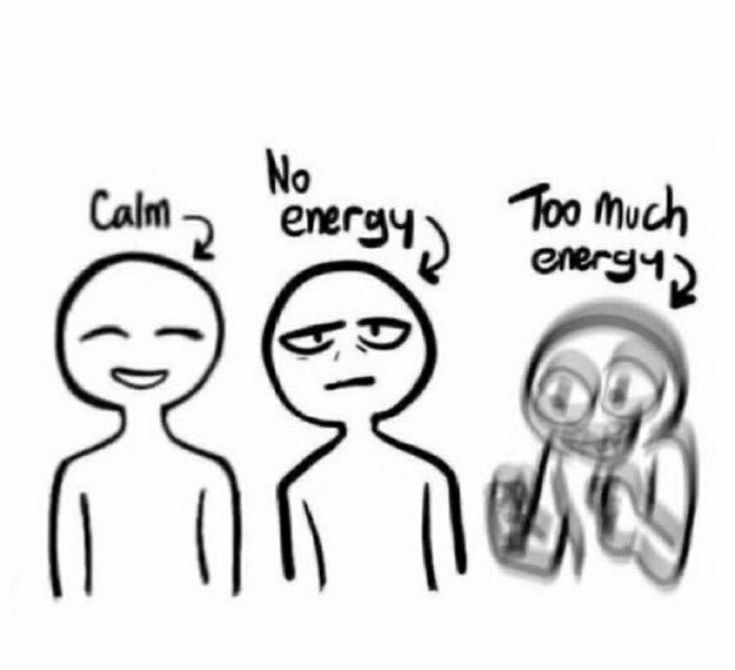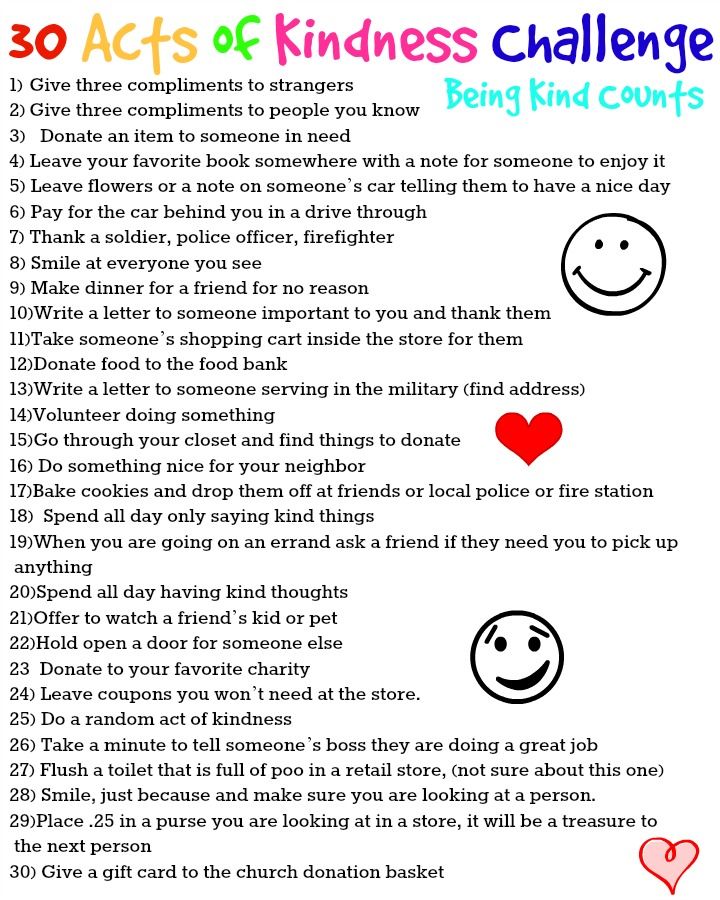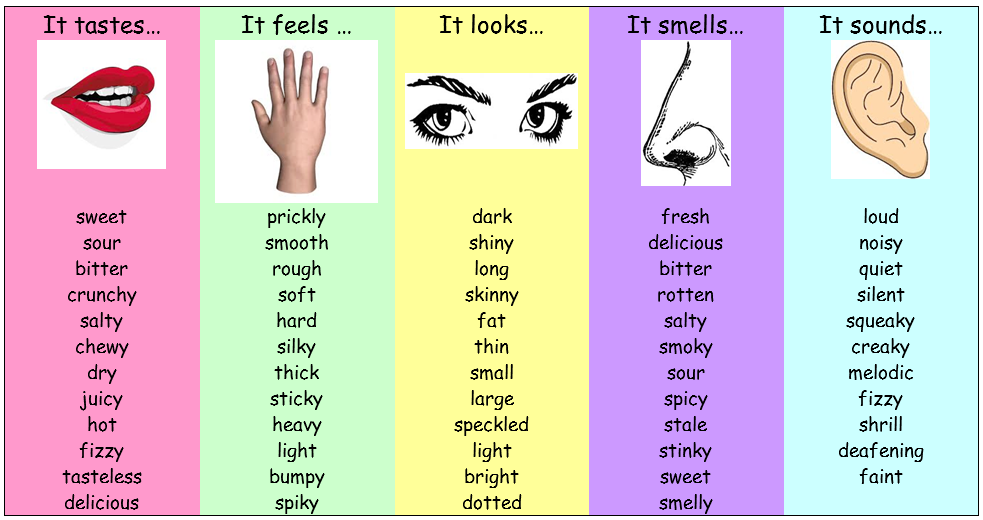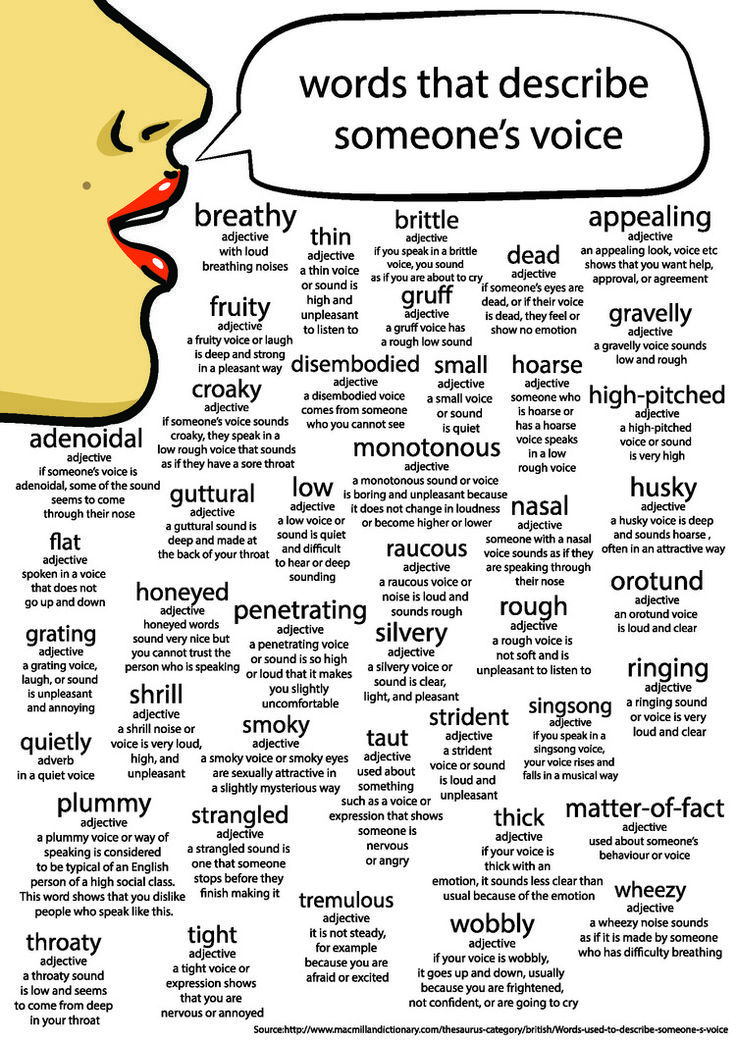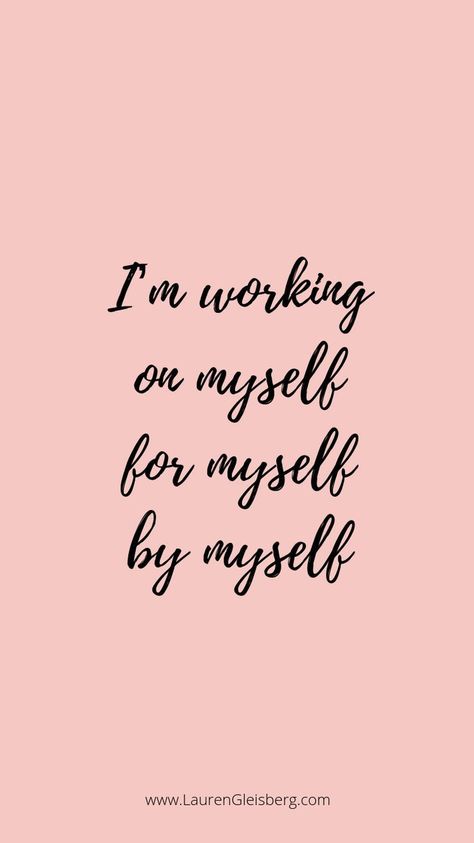Crying but no tears
Why can't I cry anymore
You might cry when you’re feeling low and going through a rough patch. Maybe you get a bit weepy when deadlines pile up. Or, perhaps, all it takes is a heartfelt advert to get your tears flowing.
We all know there’s nothing more cathartic than a good cry. But, for some of us, it can be a real struggle.
You might want to grab a tissue and let it all out. But, no matter how hard you try, the tears just won’t come.
There are many reasons why you might struggle to shed a tear or two. It might be because of a physical ailment but, more often than not, an inability to cry says a lot about our emotional state, our beliefs and prejudices about crying, or our past experiences and trauma.
Is it bad that I don’t cry?Not necessarily.
Excessive crying isn’t always a good sign. If you find yourself tearing up often, it could indicate that you’re experiencing a lot of intense or challenging emotions, or that you’re struggling with depression and anxiety.
Remember there’s no right or wrong amount to cry. Everyone is different and some people find it easier to tear up than others. So don’t waste energy on what you should be doing. Drop the shame and allow yourself to truly feel your current emotions.
Some people may cry at the drop of a hat. Other people may experience fewer emotional upheavals, have different ways to express their emotions, or are simply in more control of their tears. That’s completely fine, so long as you’re not bottling your emotions up.
That being said, if your inability to cry worries you or you’re struggling to connect with your feelings, it’s important that you take time to explore this. Because it might be a sign that there’s something else going on under the surface.
Is crying good for me?Crying often gets a bad reputation. Sometimes it’s mistakenly seen as a sign of weakness or immaturity. But the truth is that it can do us a whole lot of good — both physically and mentally.
Here are a few reasons why:
- Crying flushes out harmful materials and debris, such as dust and smoke, from the eyes.
- Tears also lubricate the eyes, preventing infection and ensuring normal function.
- There are three types of tears: reflex, continuous and emotional. Some studies suggest that emotional tears may contain stress hormones and other toxins. Therefore, when we cry we flush them out of our system. However, more research is needed in this area.
- When we’re feeling weepy, it lets those around us know that we need help.
- Crying is a way to acknowledge painful or challenging emotions. Sometimes our pain can be buried so deep down, that it can be difficult to articulate. Crying allows us to express challenging emotions when we can’t find the words, and it may offer a sense of relief.
Crying makes us feel better, even if our problems persist. But sometimes our biology betrays us and the tears don’t come.
But sometimes our biology betrays us and the tears don’t come.
It’s not that we’re in short supply. The American Academy of Ophthalmology says that we produce a staggering 15 to 30 gallons of tears every year. Nevertheless, there are a few physical reasons why you may struggle to cry:
- You have a medical condition that affects tear production, such as dry eye syndrome (Keratoconjunctivitis sicca) or Sjögren’s syndrome
- You’re taking certain medications, such as antidepressants or hormonal birth control.
- You’ve recently undergone laser eye surgery.
- You live in a dry and windy climate.
- We also produce fewer tears as we age.
Besides physical ailments, there are plenty of mental and emotional reasons why someone may struggle to cry. These include:
Depression
It might sound contradictory but many people with depression struggle to cry. That’s because depression can manifest itself in different ways.
That’s because depression can manifest itself in different ways.
When you think of depression, you might picture someone experiencing knock-you-off-your-feet sadness and distress. But this isn’t the case for everyone.
In fact, some people say their depression feels more like overwhelming numbness or emptiness.
They may feel so unemotional or “flat” that even positive events don’t elicit a response. Ultimately, this can result in an ability to cry.
Anhedonia
Imagine you lived and breathed crafting but, one day, it no longer brought you joy. Or, what if, the idea of reuniting with an old friend made you feel nothing.
It’s not an uncommon experience and it’s called anhedonia. Simply put, anhedonia is when you lose interest in the social activities and physical sensations that you once enjoyed.
It’s a symptom of many mental health conditions, including depression, schizophrenia and bipolar disorder. Not all people with these mental health conditions experience anhedonia. But those who do may struggle to cry.
Not all people with these mental health conditions experience anhedonia. But those who do may struggle to cry.
Repressed emotions
Do you bottle up your emotions? Maybe you feel like you’ve got to put on a brave face and ‘just get on with it’? If so, it may explain your inability to turn on the waterworks.
Emotional crying involves getting in touch with your feelings. So people who repress or disconnect from their emotions may struggle to cry
Societal pressure
Some people find it difficult to cry because of societal pressure or their internalised beliefs about crying.
For example, if we believe that crying is embarrassing and childish — or if we’re simply scared of being vulnerable — it’s only natural that we’ll try to stave off our tears.
You may have subconsciously adopted these notions about crying in childhood.
Let’s say your parents struggled to express their emotions and rarely cried. As you grew up, you may have followed their example and held back your tears, even when you had a good reason to bawl.
Your parents might have even told you off for crying, which might lead you to believe that your tears are ‘wrong’ or a sign of misbehaviour.
You may also have been swayed by cultural or societal beliefs. For instance, studies suggest that women typically cry more than men, and the difference may be more pronounced in countries whereby the culture allows for greater emotional expression.
We’re all aware of the phrases “man up” or “men don’t cry”. Whilst they might seem harmful on the surface they can do a lot of damage. That’s because they suggest that expressing yourself is a sign of weakness. And that couldn’t be further from the truth.
How to tap into your emotions and cryReady to let your tears flow? Here are a few tips to help you tune into your feelings:
Reframe your thinking
Let go of any outdated, untrue preconceptions you may have about crying and allow yourself to feel your feelings.
Remember it’s good to cry.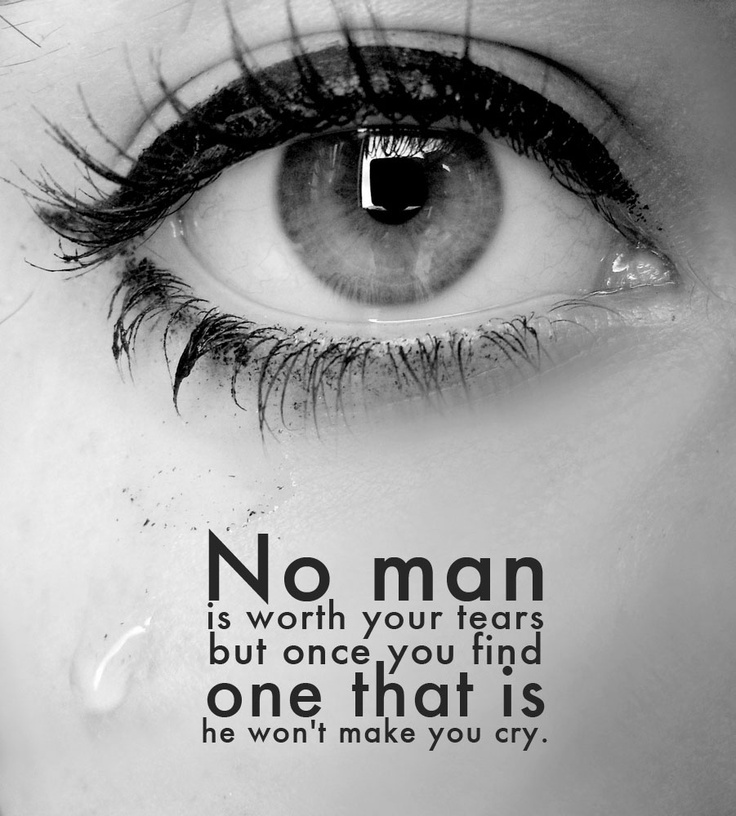 It’s healthy to cry. If anything, leaning into our feelings is sometimes the only way we can move past them.
It’s healthy to cry. If anything, leaning into our feelings is sometimes the only way we can move past them.
Tears are a release valve for overwhelming emotions such as sadness, stress, grief and even joy. So crying is never something you have to be scared or embarrassed about.
Label and identify your emotions
It’s hard to express your emotions if you don’t know what you’re feeling. That’s why it’s important to identify your feelings.
Let’s face it: emotions are fickle things. Sometimes it’s easy to identify when we’re happy or sad, frustrated or anxious. Other times, it’s not so clear cut.
The first step to labelling our emotions is to think about what prompted the feeling. Then think about what urges you feel. Do you want to shout and lash out? Or maybe you want to avoid people and withdraw from the world? Next, think about your thoughts and your body, as this will probably give you clues about your emotions.
In time, you’ll learn to identify your emotions more easily — and it’s an important skill.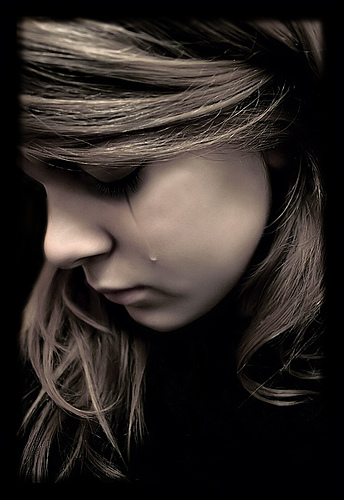 Because once you get to grips with your feelings, you’re going to be in a much better place to cope with them.
Because once you get to grips with your feelings, you’re going to be in a much better place to cope with them.
Express your emotions
No one expects you to cry every single time you feel sad or anxious. So don’t be too hard on yourself if you struggle to cry.
Some people find that having a good sob allows them to fully experience their emotions. But there are alternative ways you can tap into your feelings, if you’d rather.
All that matters is that you acknowledge and accept your feelings. Because emotions can be messy, complicated and downright confusing sometimes. But they all serve a purpose — even the difficult ones.
If you don’t feel like crying, let go of any shame you may be carrying. Here are a few different ways you can express them instead. Remember it’s all about finding what works best for you.
- Say how you feel aloud. Sometimes vocalising our emotions and saying “I feel angry” or “I feel hurt” can offer a sense of relief.

- Journal it. Writing down how we’re feeling is a great way to sift through our emotions.
- Get creative. Whether you’re a beginner or a pro, creative outlets such as music, painting or crafting, can be a great way to explore your emotions.
Talk to loved ones
It might seem scary at first but talking to close friends or family is a great way to get in touch with your emotions. They might share similar thoughts, validate your feelings or simply offer a shoulder to cry on.
Just make sure you both have time to properly connect, and pick a private place where you would feel comfortable if you do break down and cry.
Go to therapy
Sometimes in life, we get so used to putting on the brakes that we forget how to let go and really experience our emotions. If this sounds familiar, it might be worth trying therapy.
You might discover some difficult emotions that you buried deep-down and you’ll learn ways to overcome these emotional roadblocks.
Eventually, you may find that your tears naturally start to flow. Perhaps you find it’s easier to cry in front of a therapist because it’s such a comfortable, safe space.
If this happens, don’t worry. We won’t judge.
We know just how soothing and cathartic tears can be. So, go on, have a good cry. Let it all out.
19 Things to Know About Why You Can't Cry: Causes, Tips, Strategies
Do you sometimes want to cry but just can’t? You feel that prickly sensation behind your eyes but tears still won’t fall.
Maybe you never feel like crying at all, even when facing extremely unpleasant or distressing circumstances. Others around you cry, but for you, the tears just don’t come.
If you can’t shed any tears, you might wonder why you have trouble crying.
Keep reading to learn more about the medical and emotional reasons behind an inability to cry and how you can deal with it.
Certain medical conditions can affect your ability to produce tears, including:
Keratoconjunctivitis sicca
This condition, more commonly called dry eye syndrome, involves a decrease in tear production.
It can appear more frequently with:
- pregnancy or menopause-related hormone changes
- age, as dry eyes are fairly common in older adulthood
- diabetes
- thyroid problems
- rheumatoid arthritis
- contact lens use
- eyelid inflammation or disorders
Sjögren’s syndrome
This autoimmune condition, which often develops with a viral or bacterial infection, tends to appear most often in women over age 40.
Sjögren’s syndrome causes the white blood cells in your body to attack the glands that produce moisture, such as your tear ducts and mucous membranes.
This can cause dry eyes and a dry mouth.
Environmental factors
If you live in a dry climate or one that’s very windy, you might notice that you don’t produce as many tears. This happens because the dryness of the air causes your tears to evaporate quickly.
This can also occur if the air becomes smoky due to wildfires or other causes.
Medications
Certain medications can also lead to decreased tear production.
You might notice difficulty crying when taking:
- birth control pills, especially if you also wear contact lenses
- selective serotonin reuptake inhibitors (SSRIs)
- antihistamines or decongestants
- blood pressure medications
LASIK can also affect tear production, so it’s not uncommon to have dry eyes after having this surgery.
If you don’t have a medical condition that affects tear production, your dry eyes could potentially relate to emotional or mental factors.
Depression with melancholia
Different subtypes of depression can involve a range of symptoms that vary in severity, so people living with depression won’t necessarily experience depression in the exact same way.
Melancholic depression is a type of major depressive disorder that generally involves severe symptoms.
With melancholic depression, you might feel:
- unemotional or “flat”
- slowed down
- hopeless, bleak, or despairing
- disinterested in the world around you
You might not react to events, especially positive ones, in the way you usually would. In fact, you might feel as if you have little or no emotion at all, and this can result in the inability to cry.
In fact, you might feel as if you have little or no emotion at all, and this can result in the inability to cry.
It makes sense if you think about it. If you feel as if your emotions have been disconnected or turned off, you probably can’t produce much of an emotional response.
Anhedonia
While anhedonia often occurs as a symptom of depression, it can also develop as a symptom of other mental health conditions or on its own.
Anhedonia describes a loss of interest and pleasure in social activities or physical sensations.
You don’t just experience diminished pleasure. You might also notice a decreased capacity to express your emotions. Some people with anhedonia, especially anhedonic depression, do notice they can no longer cry easily — or at all.
Repressed emotions
Some people have a hard time managing emotions, so they push them aside or bury them in order to cope.
This suppression might happen intentionally at first, but over time it becomes more automatic.
Eventually, you might experience most of your emotions mildly, if at all. Even if something deeply upsetting happens, you might not display much of a reaction.
There’s nothing affecting your physical ability to cry, but the tears just don’t come.
Personal beliefs about crying
If you believe crying exposes your vulnerability or suggests weakness, you might hold back your tears intentionally. Eventually, you may not even have to make an effort to keep yourself from crying — it just doesn’t happen.
People often start to see crying as a sign of weakness when other people, including parents, siblings, and peers, shame them for crying in childhood.
An inability to cry can also develop as a learned behavior. If family members and loved ones never cry, you may never learn to see crying as a natural form of emotional expression.
It might surprise you to learn that crying is actually pretty important.
Tears have several different functions. They benefit your body, but they also provide a sense of relief and emotional catharsis.
- At the most basic level, crying helps keep your eyes clean and healthy by washing away dust and debris.
- Tears also help relieve pain through endorphin release, so crying after a painful injury can help you feel better.
- It’s thought that emotional tears help wash toxins, such as stress hormones, out of your body.
- Crying also serves as a way to express your emotions, so it can relieve stress and tension and lead to an improved mood when you’re upset.
- Your tears also tell other people when you’re sad, which lets them know you might welcome some comfort and support. So crying can, in a way, help strengthen your bonds with the people around you.
If you have other symptoms that suggest your inability to cry might relate to a physical or mental health condition, you may want to start by talking to your primary care provider or mental health professional.
Once a healthcare provider has ruled out any serious conditions, you can try a few things to make it easier to get release through tears.
Take time to explore your reactions
If you’ve grown accustomed to suppressing or avoiding intense feelings, you might not notice much of a reaction when faced with a deeply emotional situation, such as losing someone you love or missing out on a dream opportunity.
You might have a habit of shrugging off distress instead.
Generally speaking, sitting with unpleasant or unwanted feelings doesn’t feel great, but it’s still an important thing to do.
Denying them disconnects you from your experiences and blocks natural ways of emotional expression, like crying.
Get more comfortable with your emotions
It’s hard to express emotions when you feel afraid of them or confused by them since this generally leads you to block them off instead.
To practice acknowledging and accepting your emotions, don’t deny them. Instead, try:
- Saying how you feel out loud. Even if it’s just to yourself, you can say “I feel angry,” “I feel sad,” or “I feel hurt.
 ”
” - Writing your feelings down. Keeping a journal can help you connect with emotions in the moment, but it also allows you to practice describing them to yourself before you share them with others.
- Remembering it’s normal. Remind yourself it’s OK to have emotions, even intense ones.
Find a safe space to let your feelings out
You might not feel comfortable expressing emotions in public, and that’s totally OK. It can take time before sharing emotions with anyone else becomes possible, much less natural.
Avoiding your emotions entirely isn’t the answer, either. Try to find a private place where you can sort through feelings and express intense emotions and tears.
This might be your bedroom, a quiet spot in nature where you’re always alone, or anywhere else you know you won’t be bothered.
Talk to people you trust
Once you get more comfortable with your emotions on your own, you can try sharing these feelings with loved ones.
There’s nothing wrong with starting small. You might, for example, open up to your partner or best friend before anyone else.
Talking to others about how you feel can help normalize your emotions, since chances are good they can offer some validation around those feelings or share similar experiences of their own.
When it feels easier to talk about feelings, you might notice it becomes easier to express them in other ways, too — including crying.
Let yourself be moved
This might not always work, but watching a tearjerker or listening to moving or sad music can sometimes bring on the tears.
If you want to practice crying, watching or hearing another person’s emotional experience can foster comfort with shedding some tears of your own.
Bonus: Watching deeply emotional movies can also increase your empathy and compassion for others.
If you struggle to cry because you’re out of touch with your feelings, you might have trouble expressing emotions in other ways, too. Professional support from a therapist can have many benefits if this is the case.
Professional support from a therapist can have many benefits if this is the case.
Getting more comfortable with your emotions is important for not only your intimate relationships but also your overall emotional health.
If you aren’t certain why you can’t cry or express emotions easily, a therapist can offer compassionate guidance and support as you begin exploring this issue.
If you’ve tried getting more comfortable with intense emotions on your own, but you haven’t had much success, talking to a therapist might be a helpful next step.
Some people cry more easily than others, and that’s normal. People are different, so it stands to reason that emotional expression varies from person to person.
If you can’t cry at all, you might have a hard time working through your own emotions, and you could also find it tough to connect with others.
In the end, crying is normal, so don’t worry about trying to hold those tears back — they’re completely natural.
Crystal Raypole has previously worked as a writer and editor for GoodTherapy. Her fields of interest include Asian languages and literature, Japanese translation, cooking, natural sciences, sex positivity, and mental health. In particular, she’s committed to helping decrease stigma around mental health issues.
Her fields of interest include Asian languages and literature, Japanese translation, cooking, natural sciences, sex positivity, and mental health. In particular, she’s committed to helping decrease stigma around mental health issues.
Why you constantly want to cry for no reason
December 3, 2020 Likbez Health
Tears appear not only from strong emotions. Sometimes this is a sign of illness.
What is crying
In the corners of the eyes are small glands that produce a clear liquid with dissolved proteins and salts, necessary for nourishing, moisturizing and cleansing the cornea. These are tears, they are reflexively released under the influence of signals from the autonomic nervous system. But sometimes emotions get in the way. nine0003
Humans are the only creatures on earth that are capable of crying under the influence of feelings. Tears can come from a touching movie, music, important life events, or out of sympathy. Crying causes both positive and negative emotions.
Crying causes both positive and negative emotions.
Scientists are still investigating the mental and nervous processes that underlie the appearance of emotional tears. It is believed that crying is associated with temperament and upbringing, personality traits and gender, as well as the release of the neurotransmitter serotonin and brain hormones: oxytocin, vasopressin and prolactin. These substances are involved in the formation of attachment and social behavior. Therefore, separation, the loss of a loved one leads to sadness and tears. nine0003
Also, scientists have found that women cry more often than men. This is associated with the action of testosterone, which inhibits emotional reactions.
Why you always want to cry
Children cry often and are not shy, this is their way to attract attention, demand a coveted toy or influence their parents' decision. Adults rarely allow themselves to cry in the presence of other people, but sometimes pain, resentment, empathy, fatigue, stress, or, conversely, joy are expressed in this way.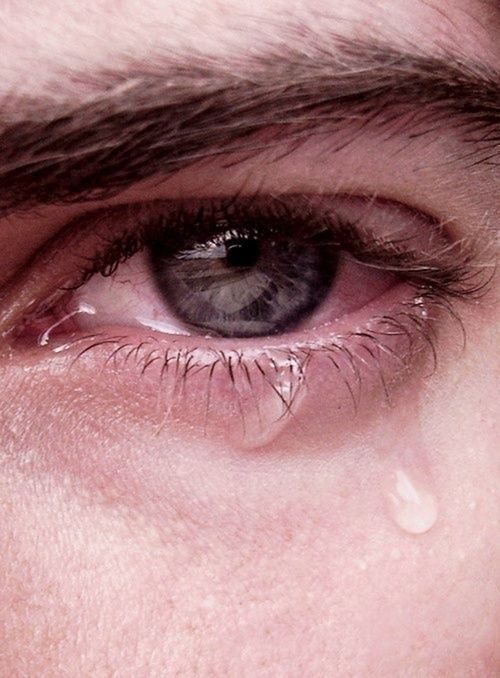 nine0003
nine0003
If crying does not appear daily and for nothing, you can ignore it. But imagine a situation where tears are shed due to a broken nail, a small remark from an outsider, or for no apparent reason at all. Perhaps the problem is a lack of vitamin B12, fatigue. But sometimes a constant desire to cry is the influence of various pathological factors that are difficult to eliminate without a doctor.
Psychological factors
Instability of the nervous system appears in people who are in a state of nervous tension for a long time. At the same time, the hormones adrenaline, norepinephrine and cortisol are released, which deplete the body. Crying helps to reduce the release of these substances and reduce the impact of stress on the psyche. nine0003
Sometimes the desire to constantly cry arises due to a violation of adaptation to the action of various factors. For example, psychological pressure at work, lack of money or a large number of duties to loved ones exhaust the nervous system, irritation and fatigue accumulate. Therefore, for any little reason, tears appear. Such a disorder can last up to 2-3 months and does not always go away without the help of a psychologist.
Therefore, for any little reason, tears appear. Such a disorder can last up to 2-3 months and does not always go away without the help of a psychologist.
Psychiatric disorders
A constant desire to cry is associated with mental disorders. Often they have erased symptoms, so it is impossible to make a diagnosis without consulting a psychiatrist. After the examination, the doctor may find one of the following diseases:
- Depression. Patients are in an emotionally depressed state, but sadness and tearfulness can be replaced by aggression, irritability. A person loses all interest in life, favorite hobbies, his mental activity slows down, memory decreases. In severe cases, thoughts of suicide or attempts to carry it out appear.
- Post-traumatic stress disorder. The condition occurs after a traumatic event, but usually not immediately, but after a few weeks. A person is tormented by nightmares, unpleasant memories, sometimes there are thoughts about his own worthlessness, a feeling of doom.
 Positive emotions fade. Sometimes this disorder can also lead to suicide. nine0034
Positive emotions fade. Sometimes this disorder can also lead to suicide. nine0034 - Panic disorder. This is a mental illness in which a sudden attack of fear appears, a person loses control over his behavior, feels a loud beating of the heart, feels shortness of breath, trembling, and abdominal cramps. Many of them start crying.
- Dementia. The disease often occurs in old age and leads to a decrease in memory, attention, thinking. A person's emotions are erased, but there is a desire to constantly cry.
Changes in internal organs
Frequent urge to shed tears may be due to hormonal changes or disease and may be accompanied by additional symptoms. For example, in women, tearfulness is associated with premenstrual syndrome, menopause, or pregnancy. These conditions are accompanied by fluctuations in the level of sex hormones, so they can lead to emotional instability.
Doctors believe that constant crying also causes endocrine diseases. For example, with hyperthyroidism, Addison's disease, diabetes, there is a tendency to depression and mood swings. nine0003
nine0003
But more often tears for no reason provoke brain pathologies. Sometimes a person has uncontrollable crying, which can be replaced by laughter. This is one of the signs of pseudobulbar affect. Some consider it a mental disorder, but in fact it is caused by diseases of the brain:
- stroke;
- multiple sclerosis;
- consequences of head trauma;
- Alzheimer's disease;
- Parkinson's disease.
How to stop crying for no reason
Some try to cope with bad emotions on their own, try to suppress crying or distract themselves from triggers. You can practice breathing exercises or try a relaxation technique.
If tears continue to appear in the eyes for no reason, a therapist should be consulted. He will prescribe an examination, if necessary, send him to a psychotherapist or psychiatrist.
Treatment will depend on the cause of the crying. With psychological problems, cognitive-behavioral therapy helps, which teaches you to change your thinking and correctly perceive negative situations. nine0003
nine0003
If your crying is due to hormonal, mental or neurological problems, your doctor may prescribe appropriate medications.
Read also 👩⚕️🩺💊
- 13 reasons why you are constantly hungry
- How to understand why you can’t “just calm down”
- 10 unexpected reasons why you feel itchy all the time
- Why you are constantly thirsty
- 12 reasons why you are constantly sleepy
Song - Gippius. Full text of the poem - Song
Literature
Catalog of poems
Zinaida Gippius - poems
Zinaida Gippius
Song
My window is high above the earth,
High above the earth.
I see only the sky with the evening dawn,
With the evening dawn. And the sky seems empty and pale,
So empty and pale...
It will not take pity on the poor heart,
On my poor heart.0099 I'm dying,
I strive for what I don't know,
I don't know... And I don't know where this desire comes from,
It came from where,
But the heart wants and asks for a miracle,
Miracle! Oh, let there be something that does not happen,
Never happens:
The pale sky promises me miracles,
It promises, But I cry without tears for a wrong vow,
About a wrong vow . ..
..
I need something that is not in the world,
What is not in the world.
1893
Silver Age
Verses by Zinaida Gippius – Silver Age
Other poems by this author
So it is
If the light goes out, I can't see anything.
If a man is a beast, I hate him.
Silver Age
She
In her shameless and miserable baseness,
She is like sulfur dust, like the dust of the earth.
Silver Age
Everything is mine
Evening day, quiet slopes,
Paleness, fragility in the sky,
Silver Age0003
Experience everything and accept everything.
Silver Age
Who is he?
Cursed memory of a stranger,
and not a hero - and not a villain,
Silver Age
All of it
Copper roar, smoky gunpowder,
Ryklya jets,
Silver Age
How to read
Publication
How to read Dostoevsky's "Crime and Punishment"
We talk about a large-scale psychological study of the Russian classic
Publication
How to read Bulgakov's The White Guard
Literary tradition, Christian images and reflections on the end of the world
Publication
How to read Leskov's The Enchanted Wanderer
Publication
How to Read Poetry: Basic Poetry for Beginners
What is Rhythm, How to Distinguish Iambic from Chorea, and Can Poetry Be Without Rhyme
Publication
How to read Shmelev's "Summer of the Lord"
Why religious images play an important role in a work about childhood
Publication
How to read Blok's "The Twelve" poem
Publication
How to read Bunin's "Dark Alleys"
What to look for in order to understand Ivan Bunin's famous story
Publication
How to read Kuprin's "Garnet Bracelet"
What the modern reader should know in order to truly understand the tragedy of an official in love
Publication
How to read Pasternak's "Doctor Zhivago"
Talking about the key themes, images and conflicts of Pasternak's novel
Publication
How to read Nabokov
Motherland, chess, butterflies and color in his novels
Kultura.
